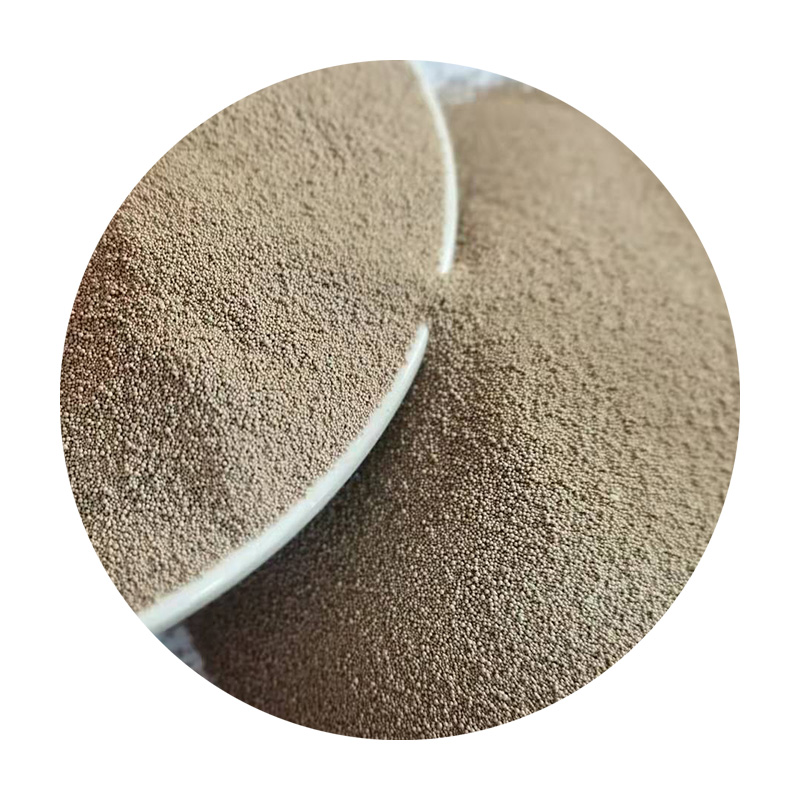The Importance of Sanding in 3D Printing
3D printing has revolutionized the way we create objects, allowing for intricate designs and rapid prototyping. However, while the technology has made significant strides, the finished products often require additional work to achieve a polished look and feel. One of the critical steps in post-processing 3D printed items is sanding, which can dramatically improve the aesthetic and tactile qualities of a print.
Sanding is the process of using abrasive materials to smooth out the surface of an object. For 3D printed items, particularly those created using Fused Deposition Modeling (FDM) technology, sanding serves multiple purposes. The layer-by-layer construction inherent in FDM can leave visible ridges and imperfections on the surface, which sanding helps to alleviate. By removing these imperfections, the object not only looks better but also prepares it for further finishing processes such as painting or sealing.
The Importance of Sanding in 3D Printing
The sanding process is not just about the material used; it also involves technique. It is essential to sand in a consistent, even manner to avoid creating flat spots or new imperfections. A common technique is to move the sandpaper in circular motions or follow the length of the printed layers, ensuring that the pressure applied is uniform across the entire surface. Additionally, for intricate models and hard-to-reach places, sanding sticks or files can be used to get into the crevices that larger pieces of sandpaper cannot.
sanding 3d printed

Another vital aspect of sanding is the environmental consideration. Sanding creates a significant amount of dust and debris, so it is recommended to perform this task in a well-ventilated area or with a suitable dust extraction system. Wearing a mask and goggles can also protect against inhaling particulates and getting debris in the eyes.
After sanding, many users opt to apply a primer or filler to further enhance the surface finish. Primers can fill in minor scratches and imperfections that may remain after sanding, providing an even smoother surface for painting. This step is particularly important for those looking to achieve a professional-grade finish in their 3D printed projects.
Finally, it is worth noting that while sanding can vastly improve the look of 3D printed objects, it does require patience and practice. Over-sanding can lead to removing essential features of the design or even compromising the structural integrity of the object. Therefore, it’s important to take a gentle and measured approach, assessing the results after each sanding session.
In conclusion, sanding is a crucial post-processing step in achieving high-quality finishes on 3D printed items. By using the right tools, developing effective techniques, and following proper safety measures, makers can transform a raw 3D print into a beautifully finished product ready for display or use. The art of sanding is, without a doubt, an essential skill for anyone looking to elevate their 3D printing craftsmanship.
Post time:Aug . 09, 2024 21:20
Next:Key Distinctions Between Sand Casting and Investment Casting Techniques in Manufacturing Processes
